How to layer two beats together and not make a mess
Some beats just work together, but most of them simply don't - that's when you need to apply some processing…
In this tutorial, we'll explore a few simple techniques for getting two beats to sound good together.
The 'done thing' might be layering sampled breaks onto beats for a crusty top end, but we're going to delve into lining up two or more complete drum loops. These days, beat processing is most often done by layering in individual samples, but trying a 'whole-beat' approach can take your tracks in a new direction.
For more on processing drum loops, seek out Future Music 293, which is on sale now.
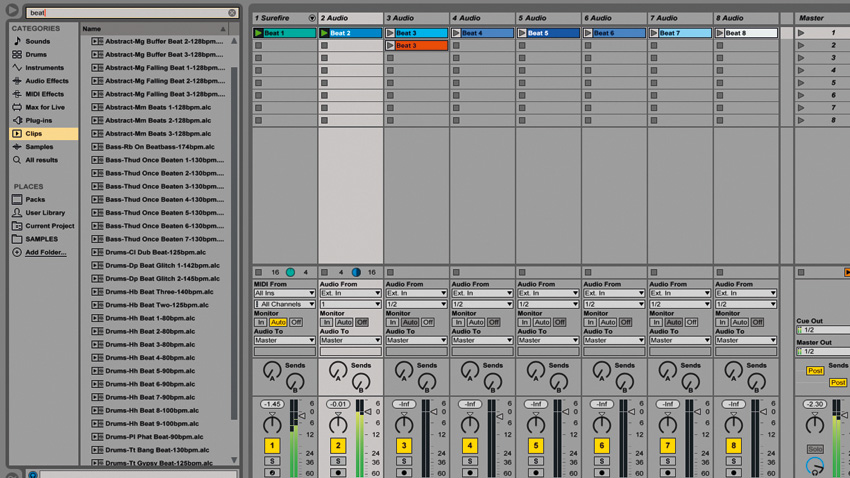
Step 1: When layering beats, most of them won't go together. If two beats have different rhythms, grooves and frequency content, there's not much you can do about it! Finding two matching beats will take some trial and error in auditioning, but it should be quicker to do than forcing two together that clearly don't want to be.
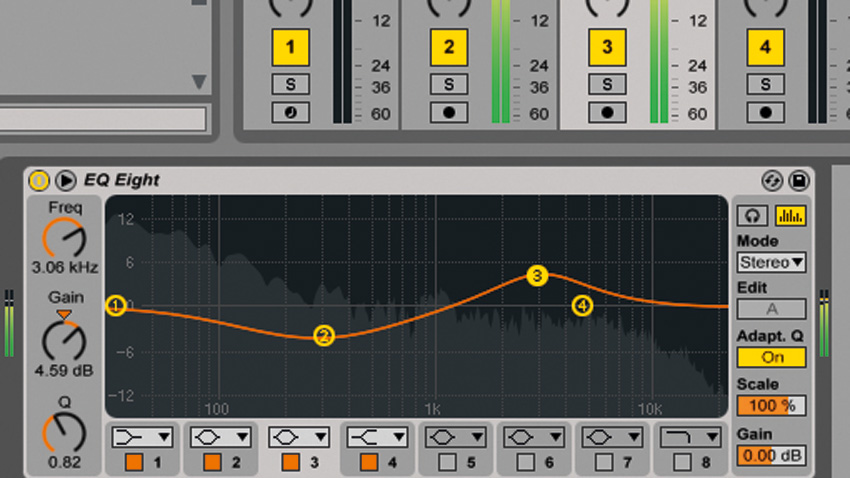
Step 2: Some beats go together easily. For example, a kick/snare loop gels with a percussion loop - the low-end of the kick, the impact of the snare and the high-frequency rhythm of the percussion stay out of each other's way, and even enhance each other. You can shape the overall sound with EQ.
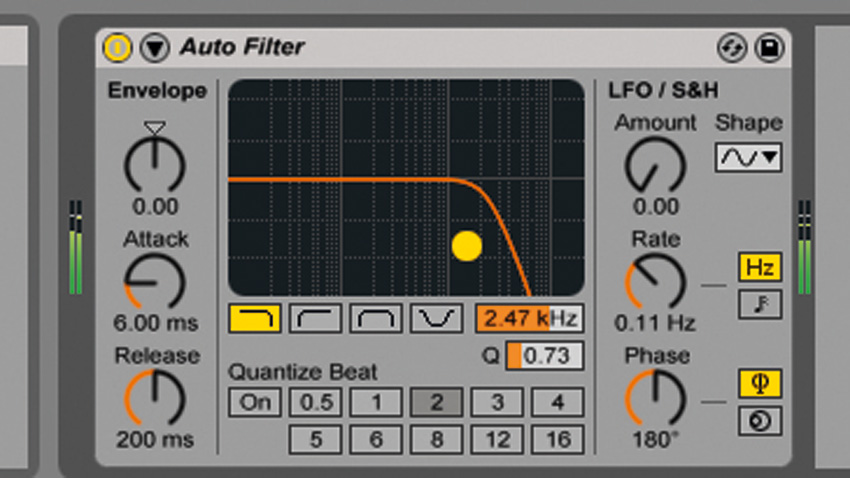
Step 3: But it's more likely you'll end up with a pair that almost go together. How can we make them work? Try some filtering of one or both layers - one high-pass, the other low-pass. This may help with chalk-and-cheese layers, but it's not a solution if you're trying to stick similar beats together.
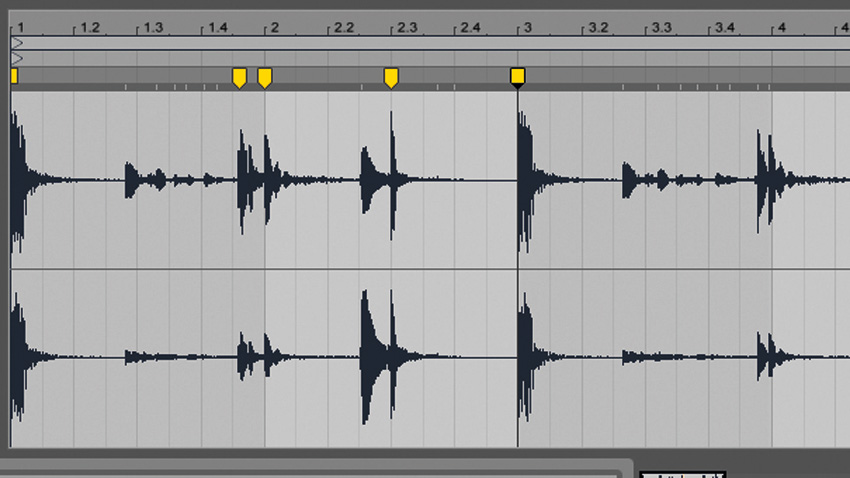
Step 4: If two beats have a slightly different groove, time-stretching is a simple answer. Get a good look at the two waveforms' transients, make sure you're in a percussive time-stretch mode, and line 'em up.
Get the MusicRadar Newsletter
Want all the hottest music and gear news, reviews, deals, features and more, direct to your inbox? Sign up here.
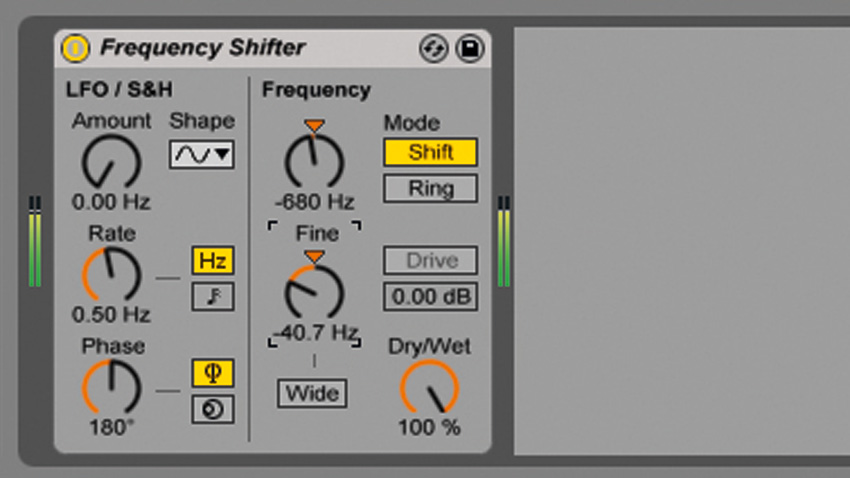
Step 5: Try retuning/pitchshifting one of the beats as a whole. This could make it sound better or worse. You could also try shifting just one frequency band - eg, the snare - by copying the track twice, band-passing the copies in the area you want, inverting one and pitchshifting the other.
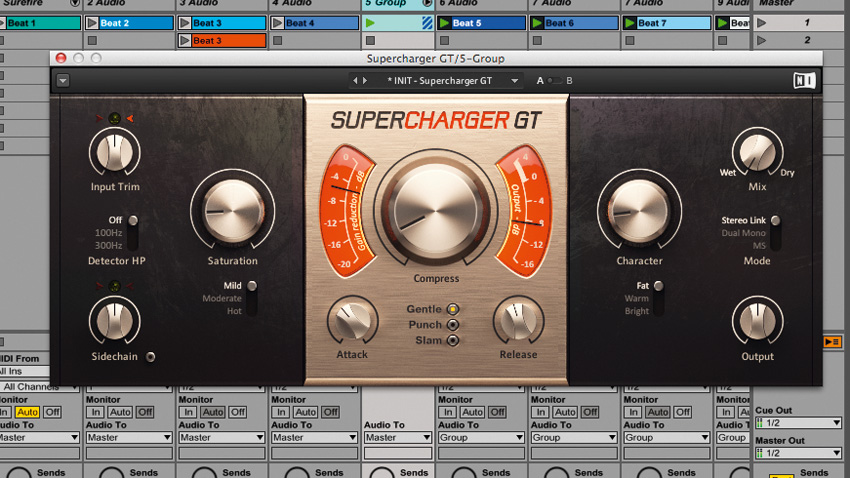
Step 6: Then, create a subgroup and experiment with compression and saturation to glue the beats together. Use the compressor's Attack time to control which transients are emphasised or reduced. Saturation and reverb can help in giving the two bussed beats the same character.
Future Music is the number one magazine for today's producers. Packed with technique and technology we'll help you make great new music. All-access artist interviews, in-depth gear reviews, essential production tutorials and much more. Every marvellous monthly edition features reliable reviews of the latest and greatest hardware and software technology and techniques, unparalleled advice, in-depth interviews, sensational free samples and so much more to improve the experience and outcome of your music-making.










